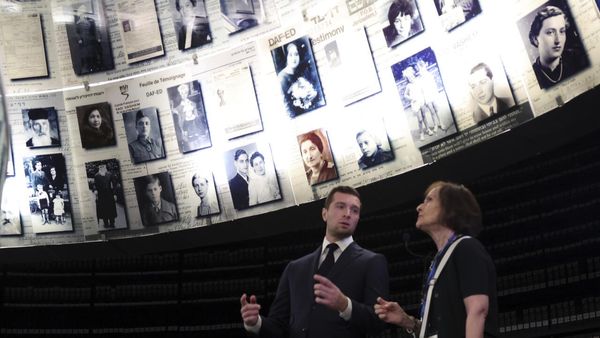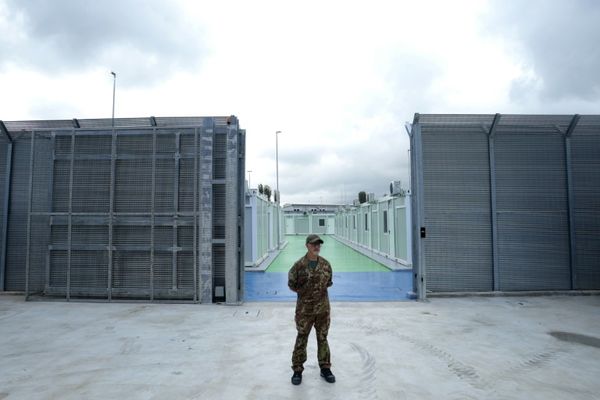Taking up roughly half of the Meadows park, it was among the grandest and most architecturally stunning buildings ever constructed in Edinburgh, yet it stood in its completed state for barely six months.
Had it survived, the main pavilion for the Edinburgh International Exhibition of 1886 would surely be regarded a piece of architecture of national significance.
Standing 120 feet high, the impressive structure was topped with a large domed roof decorated with the signs of the zodiac and took up approximately half of the Meadows parkland between Brougham Place and Middle Meadow Walk.
READ MORE - Boss confirms discreet 'coffee test' he performs in job interviews to choose who to hire
Beyond the magnificent main entrance was attached a series of galleries containing all the wonders of the Victorian age.
Opened by Her Majesty Queen Victoria, the legendary exhibition ran for a little over five months from May 6 to October 30, 1886, and showcased the very latest scientific, cultural and social advances that the western world had to offer at that time.
The more than 20,000 exhibits, a selection of curiosities and scientific marvels from around the globe, drew hundreds of thousands of visitors over the course of the summer months.
The vast array of items, many sourced from the far flung corners of the world, included "educational appliances; Italian furniture and marble; violins from Prague; Turkish embroidery; illustrations of mining, pottery, sugar-refining, sea industries, paper-making, printing, and railway, tram-way and other vehicular appliances’.
Sign up to our Edinburgh Live nostalgia newsletters for more local history and heritage content straight to your inbox
Among the major crowd pleasers for locals, however, was the recreation of a typical 17th century Edinburgh Old Town street, featuring long lost structures such as the Netherbow Port - the city's ancient gateway, and the Black Turnpike, a medieval building that once stood near the Tron Kirk.
The 17th century street exhibit was widely praised for its painstaking attention to detail and appeared on a number of postcards to help promote the exhibition.
The areas surrounding the main pavilion also received special treatment. The Meadows were transformed to include landscaped gardens, with a fountain, rockery, and even a bandstand.
Also situated in the park was a full-scale 'ideal home' filled with all the latest conveniences available, such flushing toilets, electricity and a bespoke kitchen.
In the evenings, the grounds around the exhibition were spectacularly illuminated with more than 3,000 electric lamps - the largest illumination scheme ever devised in Scotland at that time.
While relics, such as stone entrance pillars and a sundial, from the 1886 International Exhibition can still be found around the Meadows today, the main pavilion is long gone.
Despite calls for the grand hall to stay, the authorities cited an 1827 Act of Parliament which prevented permanent buildings on the Meadows. The pavilion was duly dismantled when the International Exhibition closed in late 1886.
READ NEXT:
Desperate Edinburgh Costco shoppers queue in freezing weather for viral Prime drink
Convicted Edinburgh man who turned up at school events caught driving fake ambulance
Gordon Ramsay under fire for charging diners £8 for chips at plush restaurant
Mum fumes after Zara refuses to let her use £300 gift card that her son damaged
Scottish Harry Potter star Robbie Coltrane's ashes scattered at his favourite spots







